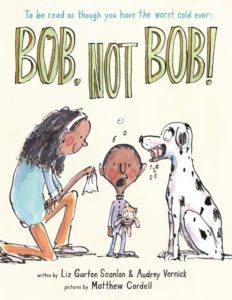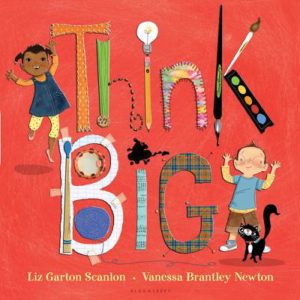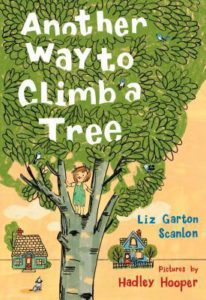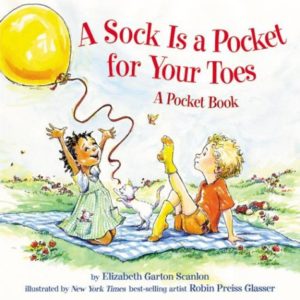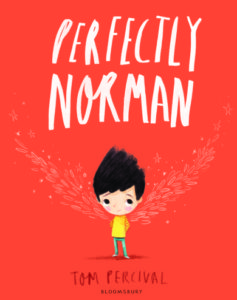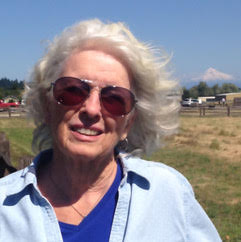This is an exciting time for OPB–it’s our FIRST EVER illustrator interview. Yay!
Even better, it’s with the amazing Floyd Cooper who I got to meet and listen to at the Orlando SCBWI conference this past summer! Double/triple yay!
For those how somehow don’t know all about Floyd … he’s the Co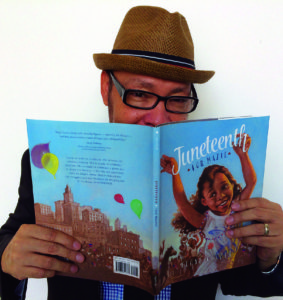 retta Scott King award-winning illustrator of more than 90 books for children. Floyd started his career in illustration at Hallmark. After a successful career in the industrial side of art, he made the leap into picture books with Eloise Greenfield’s Grandpa’s Face in 1996.
retta Scott King award-winning illustrator of more than 90 books for children. Floyd started his career in illustration at Hallmark. After a successful career in the industrial side of art, he made the leap into picture books with Eloise Greenfield’s Grandpa’s Face in 1996.
Since then, Floyd has worked with bestselling authors such as Jane Yolen, Nikki Grimes, and Virginia Fleming. In addition, Floyd has illustrated and authored many of his own books, such as Jump!: From the Life of Michael Jordan, and the ALA notable book, Coming Home: From the Life of Langston Hughes.
About working in the world of kidlit, Floyd says: “Giving kids a positive alternative to counteract the negative impact of what is conveyed in today’s media is a huge opportunity.”
Website: www.floydcooper.com
Facebook: www.facebook.com/floyd.cooper.12
LinkedIn: www.linkedin.com/in/floyd-cooper-652b2511
RVC: You’ve used the word “voice” a lot when talking about those involved in the making of picture books.
FC: As illustrators and writers, I believe we’re born different–we’re wired differently. For both types, you’re always working with voice. You’re using the various languages you’re blessed with–your creative sensibilities. We use these things to communicate what we hope to say in the language of art and text.
It’s so wonderful when it comes together, and I can’t think of any other thing on earth where these two disciplines come together into one unit, one package, and have such a unified voice.
RVC: When did you first realize that you were an artist–that you had a creative voice?
FC: For me, it started early. I was three years old. This was in Oklahoma–Dad was building a house, and one day, there on a piece of Sheetrock on the side of the house, I scratched a big, wonderful illustration of a duck right on it. Of course, no one else saw a duck because it was drawn by a three year old.
I saw the duck quite clearly.
From that point on, it affected the way I looked at the world. I’m sure that my style, and how I create my art, all goes back to that day and the time I had to erase my duck.
RVC: Share a bit about what your post-duck childhood was like.
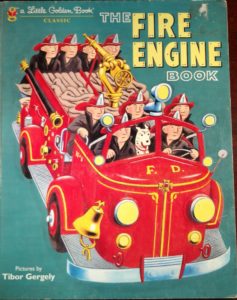 My mother told me stories and we read a lot of books together. I remember my first book–a Little Golden Book called The Fire Engine Book. From reading this and so many other titles, my imagination was constantly fed, and it helped me on the path of expressing myself visually.
My mother told me stories and we read a lot of books together. I remember my first book–a Little Golden Book called The Fire Engine Book. From reading this and so many other titles, my imagination was constantly fed, and it helped me on the path of expressing myself visually.
When I was seven, for my birthday, someone knew my predilection and I got my very first art supplies. A tray of colors and a scraggly brush. I used that to start making pictures.
RVC: Was it smooth sailing from then on?
FC: Not at all. There were 11 elementary schools in north Tulsa, and I attended all of them. We lived in low-income housing–there was a lot of moving. Each school I went to, I had to make new friends, and make new connections. I found very early on that I could find myself a friend by showing the art teacher my drawings and paintings. I learned the currency of art–the value of it. Art helped me get by.
My teachers started to notice my work and whisper good things into my ear. And you know what happens when teachers say good things in a kid’s year.
The more they said, the more I painted, and I painted my way right into the University of Oklahoma thanks to a scholarship. And from there, I got my first job working at Hallmark.
RVC: Weren’t you warned away from working for Hallmark?
FC: Well, my professors thought it was a poor option. I liked to say that it was a great job, but you wouldn’t want to live there.
During my two years there, I never did get a chance to make a greeting card–Hallmark turned everything down. Every time something of mine got turned down, though, I found myself a reason to go the art supply room and totally load up. So in a sense, it all seemed to work out.
This was one of many important life lessons.
RVC: Free art supplies are awesome?
FC: Absolutely.
RVC: Despite never making a greeting card, how important was that time at Hallmark for your own development as an artist?
FC: Hallmark regularly brought in illustrators to give workshops to their REAL artists, and I wasn’t supposed to go. I was just a revamper, after all But I had two friends from Brooklyn working with me, and when the big artists came, we all snuck into the seminars and workshops. That’s how I met one of my heroes, Mr. Mark English. He’s a prominent illustrator from the 80s and 90s. He was the king of illustration in those days. He helped me out a good bit, and we ended up working on some big projects together.
The way it worked was that I’d do the black and white, and sometimes the color too, and the famous guy comes in and signs his name to the whole job. I was willing to do that because he was Mr. Famous.
My days at Hallmark, though, were numbered once they saw me working with Mark English. It wouldn’t be long before I had my first big sale and was off to New York to do my own art full-time.
RVC: That’s partially because you weren’t actually an artist for Hallmark , were you?
FC: That’s right. I worked in a department called revamp, where you take art from the vault and change it, erase it to make it more marketable. Little pigs became little dogs. And peonies became daisies. Whatever the market conditions needed, the revamp department would deliver.
The next time you’re shopping for a greeting card, look closely. There might be a ghost image.
RVC: So you had to erase your duck, and Hallmark paid you to erase greeting card art. It seems like that all played a large part into the distinctive subtractive style you use today.
FC: You’re talking about oil wash on board. I put a thin coat of oil paint on an illustration board with a 1‑inch brush. When it dries, I use a cheap, stretchy eraser to create shapes into the background. You can create a bit of color by adding some white paint, and even more with crayons, acrylics, and oil color.
There are many different approaches to age-old problems. This is mine–a 50-cent eraser.
I love erasers. I have a big collection of erasers at home. I have ink erasers, pink erases, even a Spongebob eraser. But my favorite? A cheapo stretchy one.
RVC: So let’s talk about your interactions and influence on artists of today. Many of them–especially artists of color–look up to you. What do you say to young people when they admit they’re starting to think about maybe becoming an illustrator?
FC: Always keep a sketchbook with you. Draw all the time.
Plus it’s very important to have a good education as well. Make sure that every discipline is well-represented in your studies–don’t just double-down on art. It all helps you become a better artist.
RVC: Let’s say that someone has studied widely but has now finally committed to art. Now what? What’s the #1 struggle that illustrators face when looking to break into the picture book world?
FC: The secret to success in picture books–the secret channel–is getting an editor. Having a relationship with a good editor will offer you career longevity.
You may get a book published. You may self-publish a book that does well. But nothing beats having an editor at a publishing company who believes in your work and battles for you and your work when people don’t get it. These editors often find ways to keep you working.
RVC: So how do we get one of those saints editors?
FC: Get connected with professional organizations like SCBWI. That’s a great start. Then go to conferences like SCBWI and others–that’s how you can meet them directly. Attend the workshops and seminars. Get yourself and your work in front of them.
As preparation for meeting editors, though, you need to build your technical craft. That comes from hard work, dedication, and reading lots of books. You should read every book you can get your hands on. Inhale them.
At some point, you’ll know the market really well. That’ll guide you as to who is publishing what, and help you see where you might fit in the overall scheme.
RVC: Your overall scheme includes your wife, Velma, being your agent. What’s the best thing about that?
FC: She understands me. Even if you have an agent who isn’t your spouse, having an agent IS like having a spouse. It’s like a marriage–it’s a relationship.
RVC: It’s time for … The Lightning Round! Ready? GO! Favorite guilty pleasure reading?
FC: I love biographies. I make them too, but I’ve always been quite a history buff–especially sports books, and sports history.
Currently, I’m reading Sally Jenkins’ The Real All Americans–it’s a wonderful story. She’s so great at building this big panorama of huge historical events, how they all relate, and how we can see them through the Native American’s eyes and through the settler’s eyes, too.
RVC: If you’re playing hooky versus making art, you’re most likely …
FC: Watching DVDs or playing solitaire. It depends on where I am, and what kind of break I’m taking.
If it’s a major break, I like to run at night. I used to play tennis quite a bit, but it’s been a long time since I’ve been on the court.
RVC: Favorite Crayola color?
FC: Grape.
RVC: If you didn’t create that duck way back when, and you never went down the path of art, what would you instead be doing today?
FC: I was a consumer of The Weekly Reader in third grade, and I remember reading a lot about the US Navy hospital ship, the SS Hope.
I always had a desire to be a doctor. And all of my aunts and great aunts wanted that for me, too. I was good with my hands and I was fairly bright, so they always had it in their minds that I’d go to med school to become a surgeon.
Of course, I ran into issues with high school chemistry and, well, art was always there. I didn’t even know I could make money as an artist. But I learned quickly that you can make doctor money as an illustrator.
RVC: What’s the greatest compliment someone can give you about your art?
FC: That they like it enough to buy my book. It’s always a great compliment sometime choose to pay money for something you created.
RVC: Name someone you’d most like to work with on a book.
FC: I’d LOVE to work with LeBron James on a book. I’ll take Steph Curry, too. I’m a big basketball fan.
RVC: What about Draymond Green?
FC: Oh yeah. He’s fierce on the court–he can be a real bug in your bonnet there–but he’s definitely a guy you want on your side.
RVC: And you’re an illustrator any picture book author would want on their side, too. Thanks for sharing your story here, Floyd!


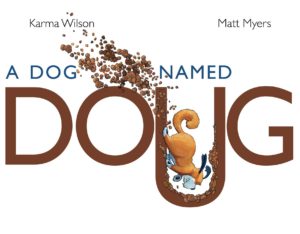
 David C. Gardner is an award-winning illustrator and visual development artist. A former artist for Walt Disney Animation Studios, he has illustrated numerous picture books, including his latest from Sleeping Bear Press, Write On, Irving Berlin! by Leslie Kimmelman (
David C. Gardner is an award-winning illustrator and visual development artist. A former artist for Walt Disney Animation Studios, he has illustrated numerous picture books, including his latest from Sleeping Bear Press, Write On, Irving Berlin! by Leslie Kimmelman (
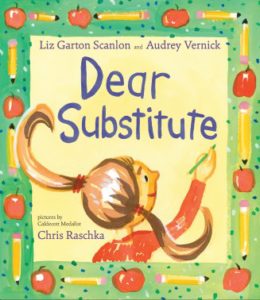
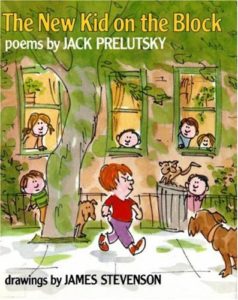
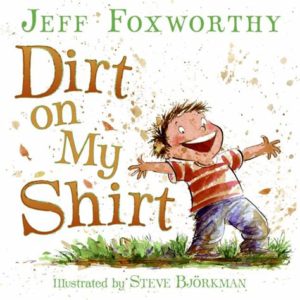
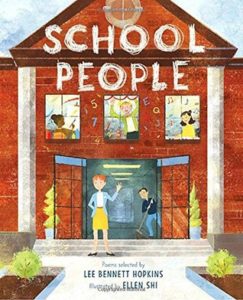
 This month’s author interview is with Liz Garton Scanlon. I had the pleasure of witnessing two days of her talking about picture books at the June 2018
This month’s author interview is with Liz Garton Scanlon. I had the pleasure of witnessing two days of her talking about picture books at the June 2018 